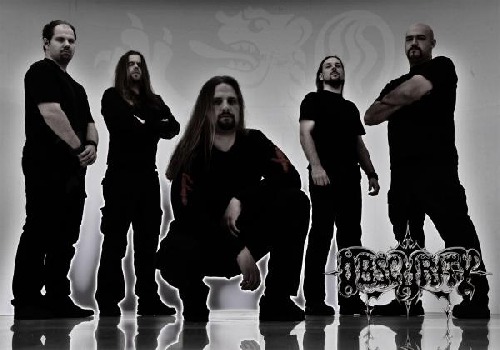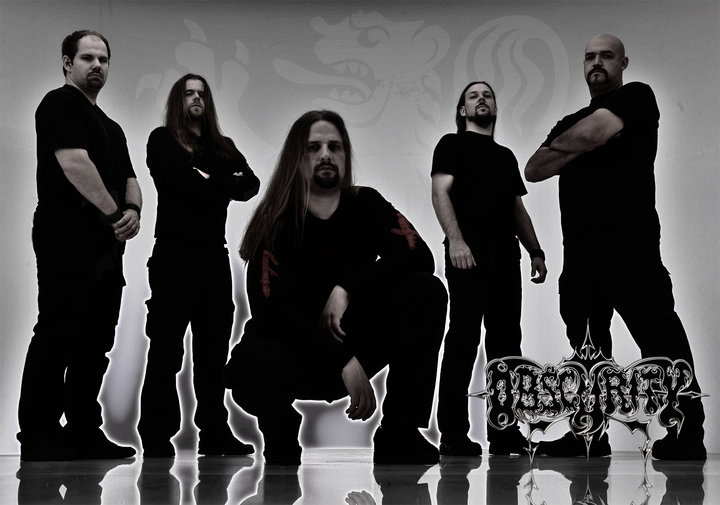
I don’t want to see that happen with you. But many don’t make it to the other side of breakthrough because they give up right before. It’s been said many times, it’s always the hardest right before the breakthrough. Maybe you’re at the point where you feel you can’t take it any more. I get the sense many have been in the hardest season they’ve ever had to face. The particle-size control section (10 to 40 inches) averages 55 percent rock fragments and 7 percent pumice.I believe the Lord wants to encourage those who have been in a season of waiting, and darkness, and the unknown. REMARKS: This pedon has no diagnostic horizons.
#Season of obscurity series
SERIES ESTABLISHED: Skamania County, Washington, 1984. MLRA SOIL SURVEY REGIONAL OFFICE (MO) RESPONSIBLE: Portland, Oregon Natural revegetation by fireweed, pearly everlasting vine maple, and red alder has begun.ĭISTRIBUTION AND EXTENT: Northern Skamania and eastern Cowlitz Counties, Washington. Other areas have been revegetated with grass seedings and willow cuttings. USE AND VEGETATION: Some areas are included in the National Geologic Monument. Shoestring soils are medial over sandy or sandy-skeletal and have a spodic horizon.ĭRAINAGE AND PERMEABILITY: Somewhat excessively drained slow runoff moderately rapid permeability. GEOGRAPHICALLY ASSOCIATED SOILS: These are the competing soils and Average January temperature is 25 degrees F average July temperature is 58 degrees F and the mean annual temperature is 42 to 45 degrees F. Mean annual precipitation is 125 to 135 inches including considerable snowfall. The climate is characterized by warm, moist summers and cold, wet winters. Obscurity soils formed in mud flow material as the result of melting snow and ice following the eruption of Mt.

Helens at elevations of 2,800 to 5,500 feet. GEOGRAPHIC SETTING: The Obscurity soils are on broad fans, low terraces, and along major drainages south of Mt. Studebaker soils lack stratification in the particle-size control section. Stecum soils have a lithic contact within 40 inches of the surface. Cryomont soils have an A horizon with more than 60 percent volcanic ash. Mirror Lake soils have 35 to 70 percent quartzite and sandstone fragments in the control section and have a hue of 7.5YR or 5YR in the C horizon. Graylock soils have a chroma of 3 or 4 in the control section, lack basalt fragments, and have granitic rock fragments in the control section. In addition, Chena soils have a mean annual soil temperature of about 30 degrees F. Chena, Castlepeak, Howardsville, Graylock, Mirror Lake, Nataga, Nizina, Pirapeak, and Stecum soils lack volcanic ash in the particle-size control section. Alflack and Ragamuffin soils are moderately deep to bedrock. It is very cobbly loamy sand or very cobbly sand. The C2 horizon has hue of 7.5YR to 2.5Y, value of 2 to 5 moist, 3 to 6 dry, and chroma of 0 to 2 moist and dry. The C1 horizon has hue of 7.5YR to 2.5Y, value of 3 to 7 moist, 5 to 8 dry, and chroma of 0 to 2 moist and dry.

Some profiles contain woody organic debris composed of logs, branches, and bark. The particle-size control section is weakly stratified and averages 35 to 65 coarse fragments and 15 to 50 percent pumice, volcanic glass, and glass aggregates. RANGE IN CHARACTERISTICS: The mean annual soil temperature ranges from 39 to 44 degrees F. Helens: 2,000 feet north and 2,000 feet east of the southwest corner of sec. TYPE LOCATION: Skamania County, Washington, about 3.5 miles southeast of Mt. (15 to 25 inches thick)Ĭ2-20 to 60 inches dark gray (10YR 4/1) very cobbly loamy sand with thin (2 to 4 inches thick) strata of cindery sand and very cindery loamy sand light gray (10YR 6/1) dry single grain loose, nonsticky and nonplastic many medium and coarse irregular pores 5 percent stones, 30 percent cobbles and 25 percent pebbles 10 percent pumice fragments medium acid (pH 5.8). (Colors are for moist soils unless otherwise stated)Ĭ1-0 to 20 inches gray (10YR 5/1) very bouldery sand, light gray (10YR 7/1) dry single grain loose, nonsticky and nonplastic many coarse irregular pores 15 percent cobbles, 30 percent pebbles, and 3 percent boulders and stones on the soil surface moderately acid (pH 5.8) clear wavy boundary.

TYPICAL PEDON: Obscurity very bouldery sand, on a 10 percent southeast facing slope at an elevation of 3,040 feet. TAXONOMIC CLASS: Sandy-skeletal, mixed Typic Cryorthents The average annual precipitation is about 130 inches and the mean annual temperature is about 40 degrees F. Obscurity soils are on broad fans, low terraces, and along major drainages. The Obscurity series consists of very deep, somewhat excessively drained soils formed in mud flow material. Official Series Description - OBSCURITY Series LOCATION OBSCURITY WA


 0 kommentar(er)
0 kommentar(er)
